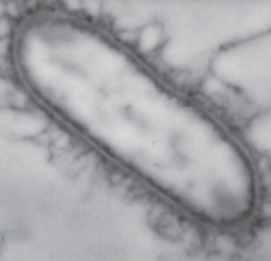The Geomicrobiology of Supergene Metal Deposits
Microbe-catalyzed redistribution of metals in the Earth’s crust can produce remarkable, and often economic, metal enrichments. These catalytic processes rely on redox transformations to produce secondary-mineral assemblages. Classic supergene systems relate to copper, where weathering is driven by microbial activity. Roll-front uranium deposits represent a similar, albeit lateral, evolution from aerobic weathering to anaerobic enrichment. Gold is generally resistant to oxidation but a remarkable biogeochemical cycle can produce secondary gold. Finally, banded iron formations, which are microbially catalysed sedimentary deposits, can be further weathered to form high-grade ore. Metals are as important to enzyme catalysts as these catalysts are to metal enrichment.
The Geomicrobiology of Supergene Metal Deposits Read More »




